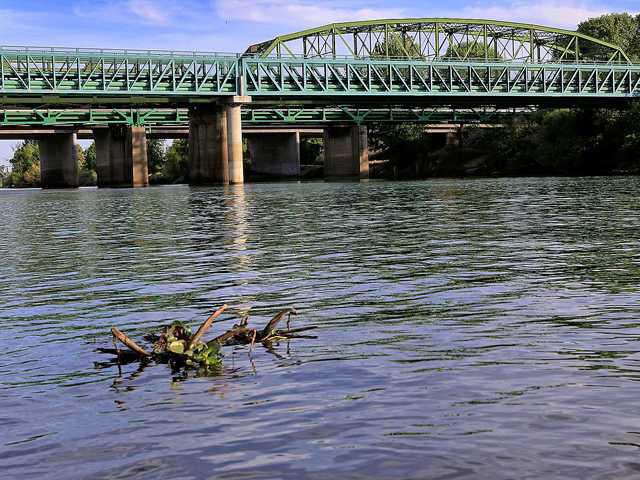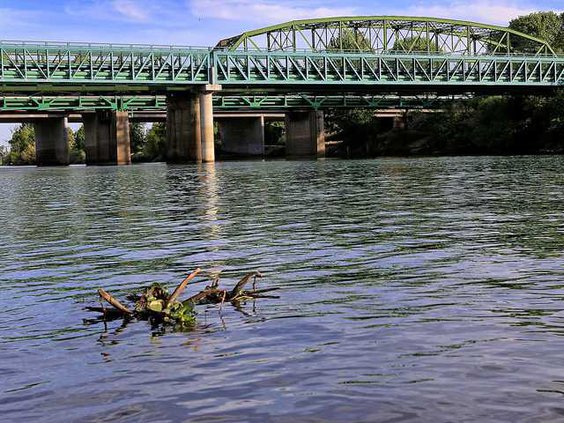The Manthey Road Bridge will be replaced.
On Monday the Lathrop City Council discussed some of the funding mechanisms that are in place to cover the cost of engineering work that’s necessary for the city to move forward under the Federal Highway Bridge Replacement Project – with roughly 85 percent of the cost being picked up by the Federal government and leaving Lathrop to cover the rest of the cost.
And while it’s not a heavily traveled route, it eventually will be.
After an agreement that the Cambay Group signed with Caltrans that will shutter the Manthey Road exit off of I-5 near the I-205 interchange when the 800th home is built at River Islands – primarily out of fear that heavy amounts of traffic exiting the freeway to access the new housing development will further complicate the already packed commute traffic heading home from the Bay Area – the bridge at Manthey Road will serve as a primary access point to the growing master planned community.
According to Lathrop City Manager Steve Salvatore, Lathrop received $4 million to spend on the early environmental alternatives analysis – money that was spent on three different alignments that were proposed for the project. Lathrop won’t actually have to pony up money for the construction – which Salvatore said Lathrop is currently headed towards – until it gets the final Federal approval. Even then, Lathrop will be on the hook for somewhere between 12 and 15 percent of the total cost of replacement.
The existing bridge, which was built in 1926, is currently not seismically safe. Out of a score of 100, it receives a score of only 7.1, which qualifies it for Federal replacement funding. The total cost of replacement is expected to be somewhere in the $44.5 million range.
Lathrop has a storied history in the Mossdale area when it comes to bridges that are built across that section of the San Joaquin River. Despite the fact that the golden spike for the transcontinental railroad was hammered into the ground by Leland Stanford in Utah in May of 1869, the bridge at Mossdale Crossing wasn’t completed until September. That made it the last segment to connect the West Coast of the United States with the existing Eastern rail network that terminated at Council Bluffs, Iowa.
Salvatore said that preliminary discussions that floated the idea of reinforcing or repairing the existing bridge have led planners to the understanding that the entire Mossdale Bridge itself – which runs parallel to the iconic railroad bridge and adjacent to the multiple I-5 river crossings – will be replaced.
NEW BRIDGE COMING
Lathrop will replace bridge across river





